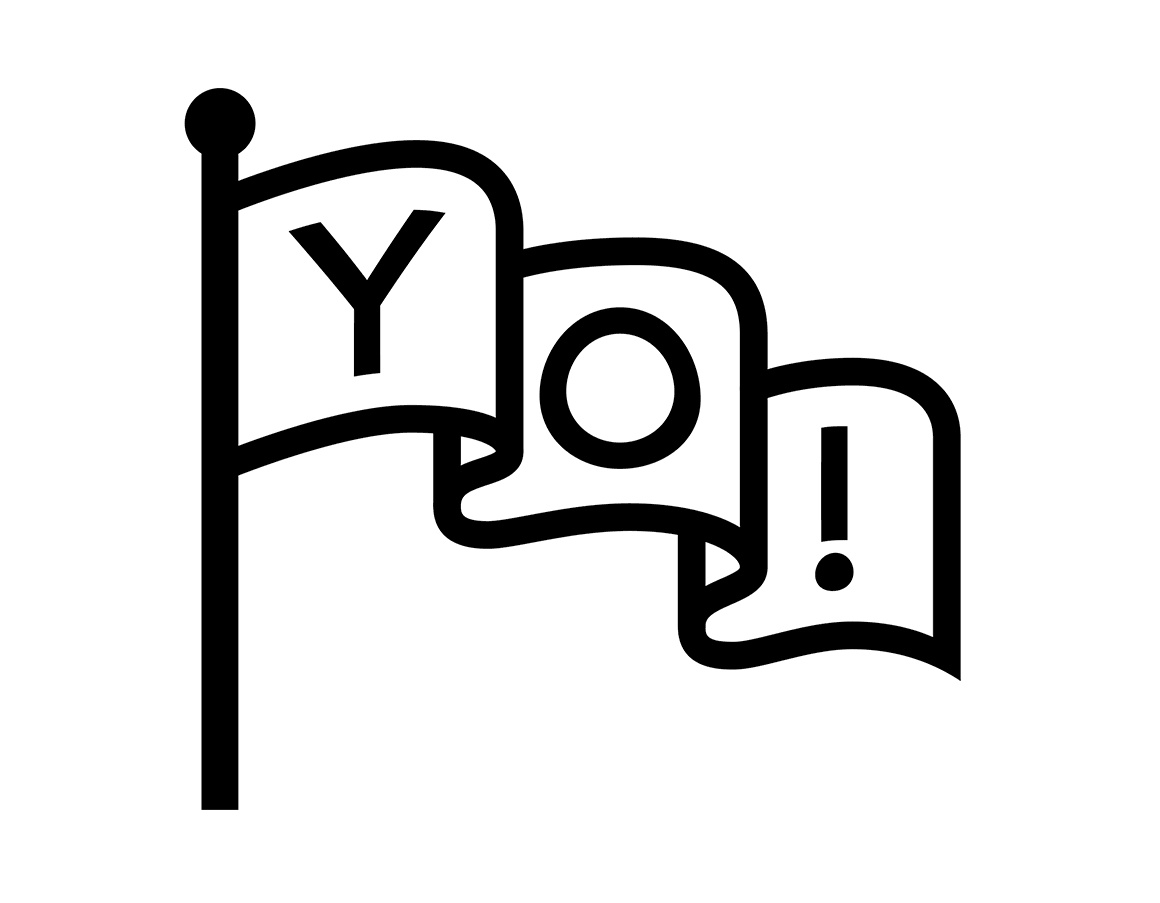This is the unit of study that I scripted for the fall 2017 Design Studio 1 course. The full syllabus was prepared by Keetra Dixon and includes four other faculty-led units.

Unit overview
How can symbols communicate who we are?
The creation and appropriation of symbols to create meaning is an important part of a designer’s toolset – whether on a flag, website, emblem, logo or other context. This unit will take a close look at flags as an example of how symbols can connect (or distance) a group of people. Whether for nations, towns, labor unions, or schools, flags make use of the simplest of forms to communicate various cultural, historical or aspirational qualities of a group. This unit asks students to use observational research to better understand who inhabits a specific public space, and to design symbols — sited on flags – to speak to (and for) that public.
Learning Objectives
- Understand how symbols work
- Learn to work with simple forms
- Consider how material and context affects form
- Consider how design operates in public space
Assignment
There are four flag poles located between Design Center and the river. The sidewalk and riverfront is public land. The flagpoles have been unused ever since I can remember; an apt example for the general disregard of public things. This assignment asks you to design four flags that could be mounted there as a set. See Google Map of location.

Format
Four 6′ tall × 9′ wide (or you choose) flags. Flags may be conceived of as sewn or digitally printed; Design one side only.
Choose a concept
- Symbolize change/evolution/growth
- Symbolize community/unity
- Symbolize our divergent or shared history
- Symbolize the people
- Symbolize civic pride
- Symbolize hope (R.I. state motto)
- Symbolize four specific things (that relate or don’t)
Kickoff: Oct 10, 2017
For October 17
Observe the area at different times of day. By whom are the flags seen? From what angles are they visible? How do they relate to other symbols, buildings and the like.
Based on what you’ve observed on the river, heard in the lecture, your own research about public space, flags, symbols, Providence, etc, propose what you would like to communicate to the public on the flags. What are you symbolizing (from the list above). And how?
You will share a presentation of initial designs in your sections. Flags should consider and make use of any of the following: graphic symbols, color, photography, representational imagery, invented forms.
Make a presentation in Keynote or Google Slides that walks your classmates through what you learned, and how this research led to some initial ideas.
For October 24
Refine to one set of four 6′ tall × 9′ wide (or you choose) flags, Print each flag so its vertical dimension is 2′ tall (output at ⅓ size) for a walkabout on week 2.
Write a summary of intentions that fits on a single letter page and is printed and placed next to your four flags. Address how you came up with your solution and what you were trying to symbolize. Upload all work to this Google Drive folder.

Results
Seniors Mostyn Griffith and Ethan Anderson made a website to show off the results.
Resources
- Web resources that informed the lecture
- Providence, RI Censis Info
- Wikipedia entry of Providence
- Good Flag, Bad Flag, North American Vexillogical Association
- Designing a good flag, 99% invisible
- 99% invisible flag episode
- John Oliver on New Zealand flag redesign
- Online flag waver
- A design brief for the ages by Tim Maly
- Scott McCloud on detail/drawings/meaning
- Heller, Steven. The Swastika: Symbol Beyond Redemption? New York: Allworth Press, 2000.
- Make your own coat of arms
- Design Office: Common Flag
- Creative Time: Pledges of Allegiance
